Police chiefs have been accused of “letting down” the Highlands and Islands by closing more than a third of the region’s stations in just a decade, it can be revealed.
Our investigation found the region is the hardest hit area of the nation since Northern Constabulary was scrapped to make way for Police Scotland in 2013.
A quarter of all operational station closures in Scotland since then have been made in the Highlands and Islands region.
‘Tragedy for rural communities’
Scottish Police Federation general secretary Calum Steele says the decline in the number of police stations across the north of Scotland was “one of the greatest tragedies visited on our rural communities in recent years”.
He said taxpayers in the region were expected to tolerate a “fire brigade-type police service”, which only visits “when something goes wrong”.
According to data released to The Press and Journal under freedom of information laws, Lewis lost four police stations in the last decade – the same number as Greater Glasgow.
Lochaber, Ross-shire, Shetland, and Sutherland each had more closures than the likes of Edinburgh City, Dumfries and Galloway, or Ayrshire.
We asked police for a list of stations operational and routinely-staffed in 2013 then compared it to a list for 2022.
How the numbers add up where you live
Of the 340 stations that the police said were in use when local forces amalgamated, 84 have since been sold-off or declared surplus to requirements.
A total of 21 of the 84 stations which have been lost across Scotland were in the Highlands and Islands.
According to the data provided by Police Scotland, there were 57 such facilities in use in the region in 2013.
The 21 closures in the Highlands and Islands is more than double the eight recorded in next highest areas, which were the Lanarkshire and the Argyll and West Dunbartonshire divisions.
Other recent research suggested the number of buildings closed since Police Scotland was formed is even higher.
We asked specifically for stations that were “operational” in 2013, and were provided with a list of facilities that were not deemed “surplus” at the time.
Mr Steele, who joined Northern Constabulary in 1993, said: “The level of losses creates the impression that these communities are undeserving of a policing presence simply because they don’t have the volumes of violence disorder our major towns and cities do.
“Rural taxpayers are as deserving of a reassuring and preventative police presence as anywhere else.
‘Fire brigade-type police service’
“Rural communities are now expected to tolerate a fire brigade-type police service when the police only visit them when something goes wrong.
“This is simply not good enough, does a tremendous disservice to them, and frankly lets them down.”
Mr Steele added that the promotion of online services in place of a physical police presence does not account for risks found in rural Scotland.
He gave examples such as domestic violence, agricultural theft, livestock theft, drink driving, firearms offences and the risk of firearms theft.
Matthew Reiss, a former chief inspector and area commander in Caithness, Sutherland and East Ross, now serves as a Highland councillor.
He said: “The best example in the north I would say is probably Dornoch Police Station, which used to have a full compliment of an inspector, sergeant and I think about 10 or 12 constables. That’s now gone completely.
“There was also a sergeant in Bettyhill for example.
“I’m standing in Thurso just now and if you go back 15-odd years the police station was open to the public 24/7, and now it’s only open for about 30-odd hours a week.
‘Huge reduction of service’
“It has been a huge reduction of service.
“My personal view is that the reduction in numbers went too far. But it was driven by the government requiring the police to save money.”
Northern Constabulary was one of eight police forces which were controversially merged to form Police Scotland on April 1, 2013.
Many of the stations that closed were considered “old and not fit for purpose”, and some new facilities have opened in their place.
Amid the ongoing spending squeeze, a 2019 strategy set out the aim to “co-locate” with other public services in shared buildings going forward.
But the local breakdown reveals some areas have suffered far more station closures than others.
Police Scotland data shows just one operational station has closed in Ayrshire and Edinburgh City in the past 10 years, as well as two in Dumfries and Galloway.
What did Police Scotland say?
Assistant Chief Constable Tim Mairs said Scotland’s policing estate has been built up over the course of several decades and has suffered from a “historic lack of investment under legacy arrangements”.
He said: “Over time, as the communities that we police have changed, the location and the design of our buildings have not.
“Over the years, we have seen an increase in people contacting us either by phone or online, reducing footfall at our stations.
“Equally, the increased focus on collaborative working with partners, and the advent of hybrid working, means that the focus on shared spaces has increased.”
He added: “Reform of policing in Scotland means communities are now served by stronger operational competence and better access to all policing capabilities than would otherwise be the case.”
A Scottish Government spokewoman said that since 2017-18, it had more than doubled the police capital budget.
“While responsibility for the police estate sits with the Scottish Police Authority, Police Scotland’s Estate Strategy prioritises visibility and presence as well as co-location and collaboration to ensure its estate is fit for purpose, alongside other ways to contact Police Scotland including the 101 service and online,” she said.
“Policing is a priority for the Scottish Government and, as set out in the Scottish Budget, policing will receive £1.45 billion in 2023-24.”
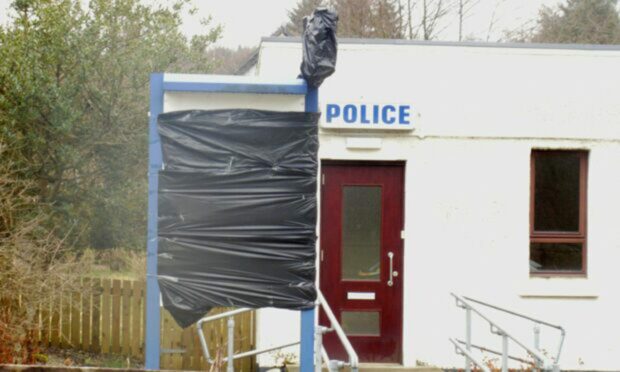
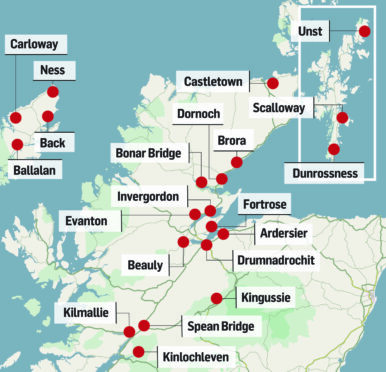
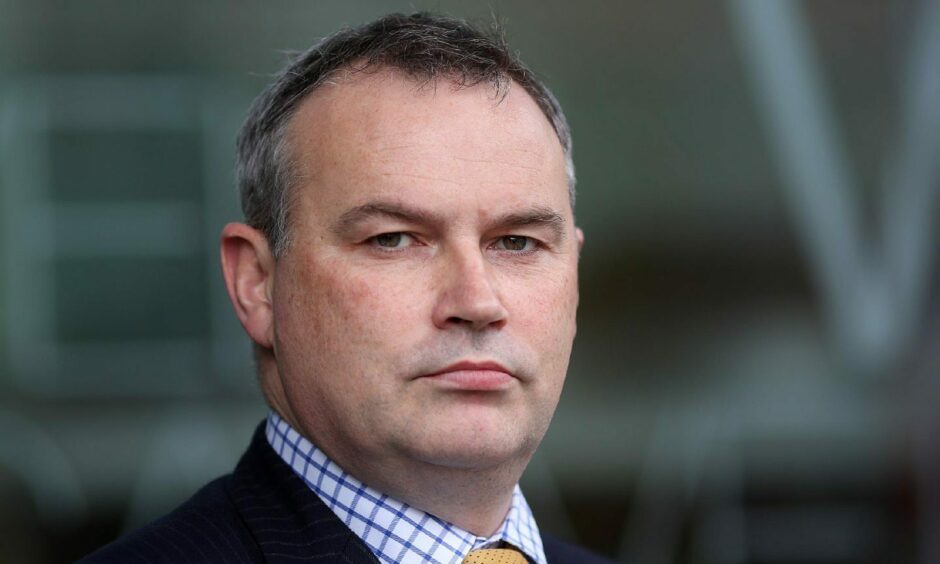
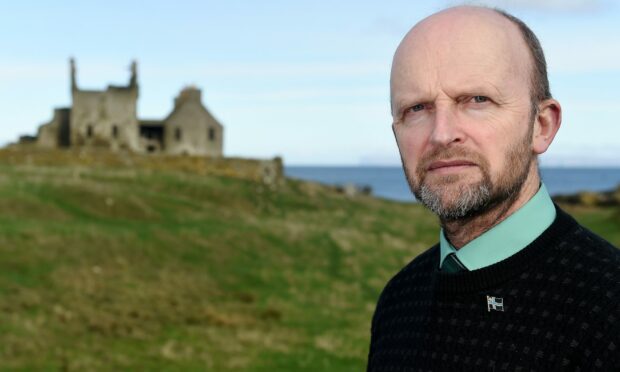

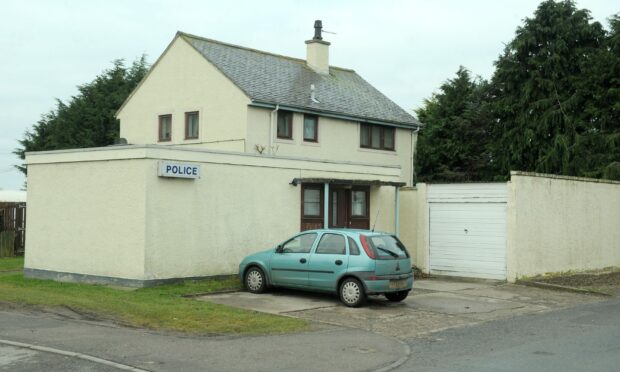
Conversation